Name: Beata Edyta Mierzwa
Which came first in your life, the science or the art?
Although professionally I am a scientist first, I always loved drawing and have been creating art for as long as I can remember. I was lucky to grow up with a little bit of both worlds—my mother is an artist, and my father an engineer. When I was finishing high school, my three big interests were science, art, and fashion. But I wasn’t sure which one to pursue as my main career, thinking that these paths were mutually exclusive. I went on to study molecular biology, and it wasn’t until I was almost finished with my PhD research that I rediscovered my passion for art.
“My three big interests were science, art, and fashion. But I wasn’t sure which one to pursue as my main career, thinking that these paths were mutually exclusive.”
Beata Mierzwa
I created my first science illustration to depict the theme of my research on the final step in cell division—two cells literally cutting their connection with a pair of scissors. Although not a classical scientific figure, it was a fun and memorable way to present my research, and I was amazed to see that people would remember my findings years later. This motivated me to create more drawings for friends, colleagues, and other scientists, and I started making artwork for journal covers, conferences, and research groups. Spending time behind the microscope also allowed me to appreciate the beauty of cellular structures, which inspired me to create my own science fashion line using prints of visually stunning microscopy images. I would have never dreamed that one day I’d be able to combine my passions to communicate science in creative ways and spark fascination for biology.
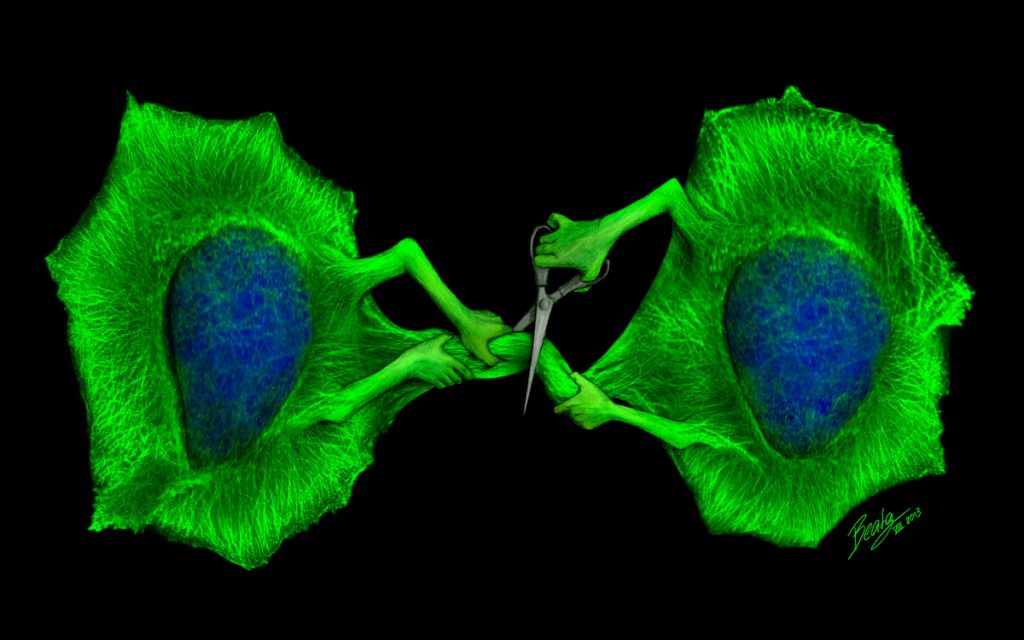

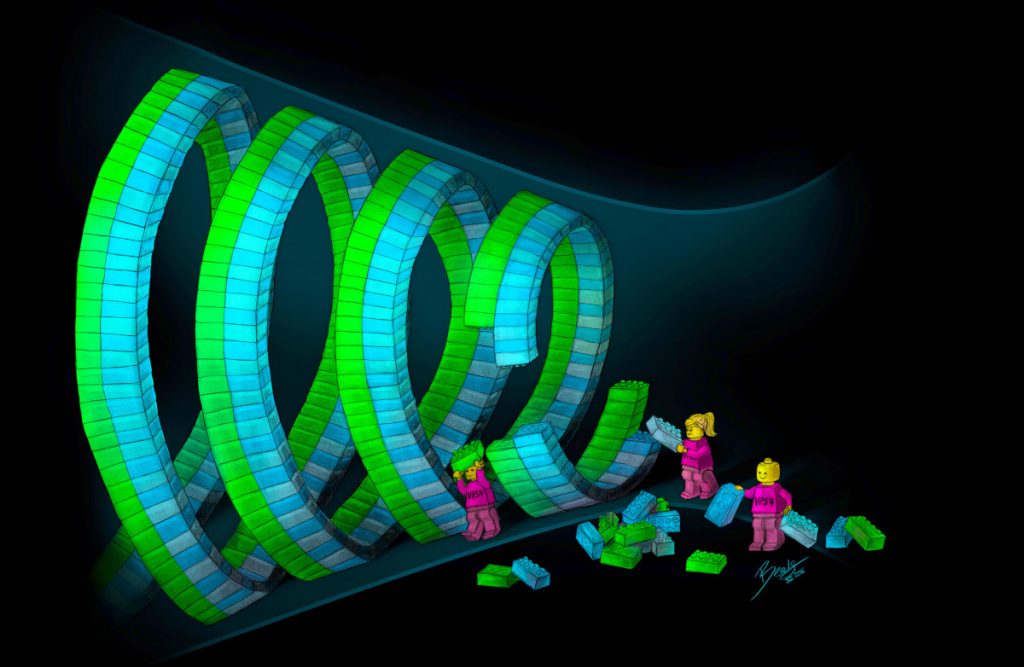
Which sciences relate to your art practice?
My illustrations focus on the tiny universe within our cells—depicting molecular processes that make all life possible, but in a way that can be appreciated both inside and outside the scientific community.
Many of my drawings reflect my fascination for cell division, a research field I’ve been passionate about ever since I started my master’s thesis. I also enjoy illustrating recent scientific discoveries from diverse fields—such as the intricate organization of cells in the brain, mechanisms of gene regulation, molecular processes inside mitochondria, or novel methods that revolutionize scientific research.
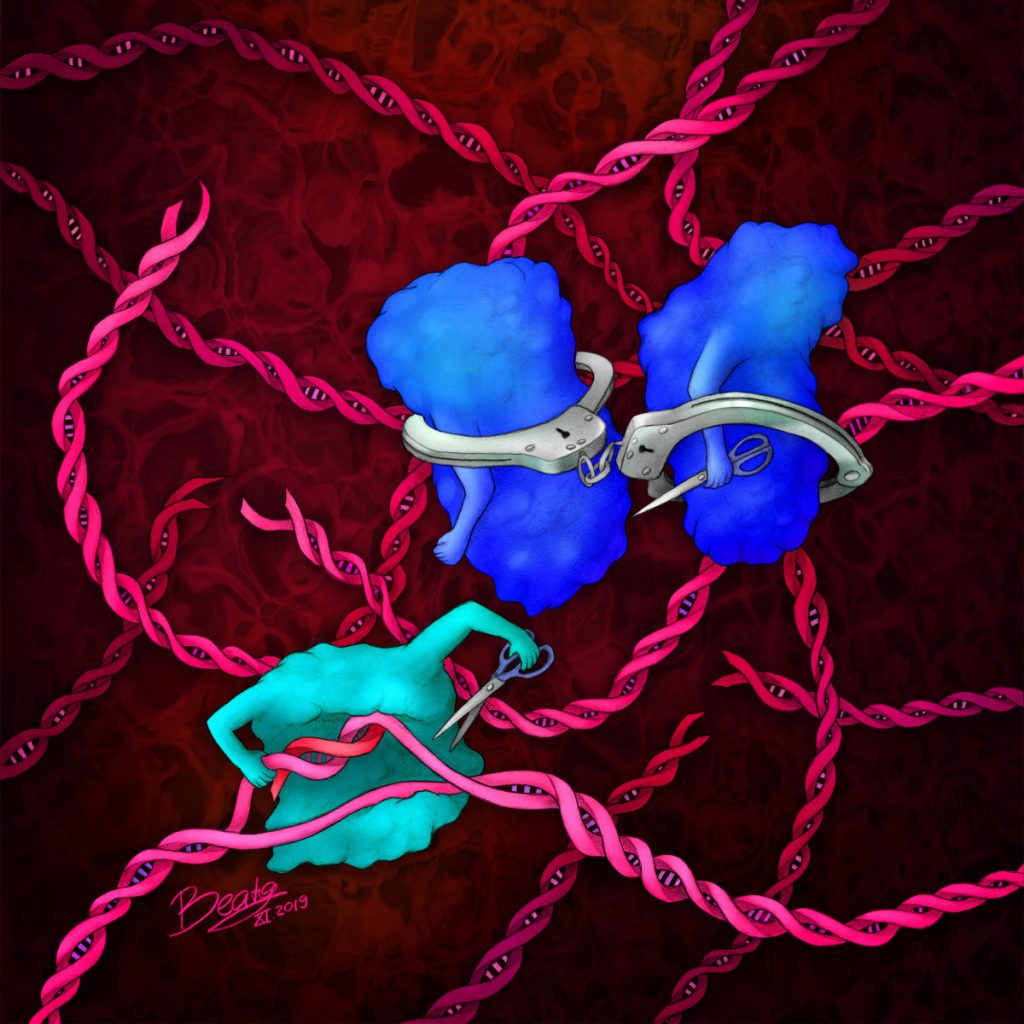
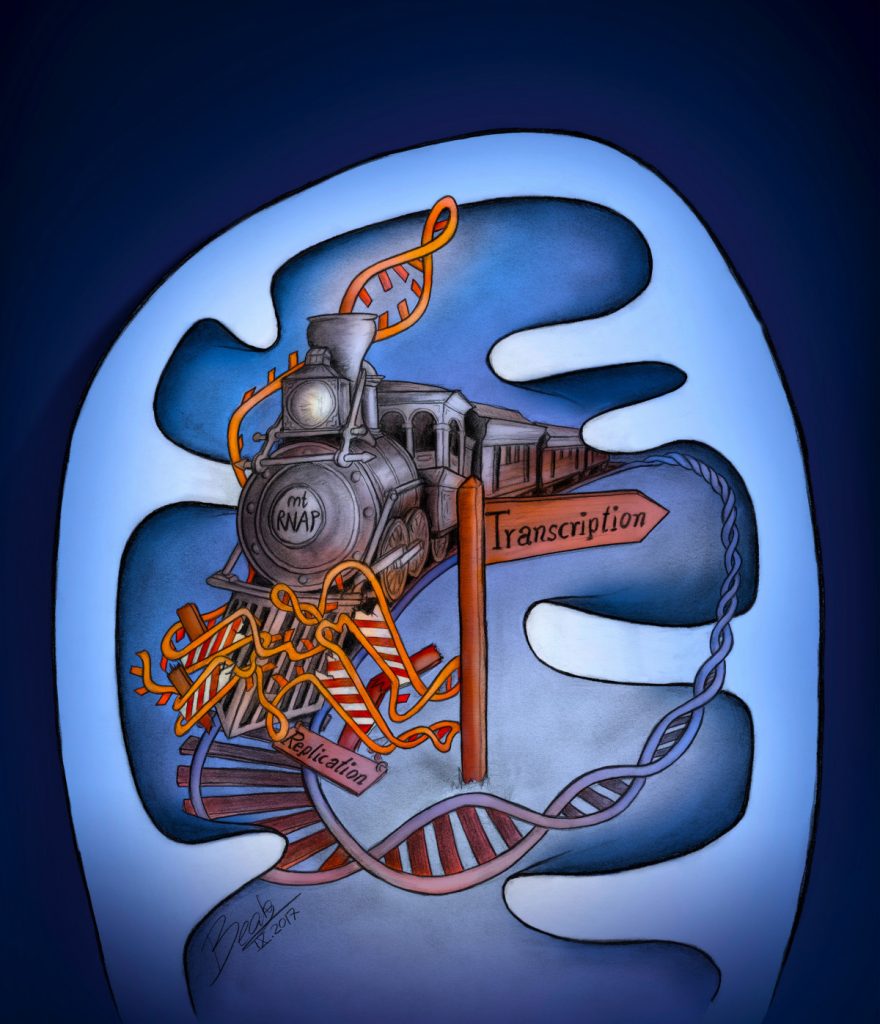
What materials do you use to create your artworks?
I create my illustrations by making a detailed pencil drawing on paper and adding colours and textures digitally. I love the feel of pencil on paper, and drawing by hand allows me the greatest level of detail. Once the drawing is finished, I take a high-resolution scan and use a tablet computer to create overlays with colour, sometimes adding actual scientific images and data. The vivid colours in my illustrations are inspired by real microscopy images, where bright fluorescent markers are used to visualize cellular structures.
“I love the feel of pencil on paper, and drawing by hand allows me the greatest level of detail.”
Beata Mierzwa
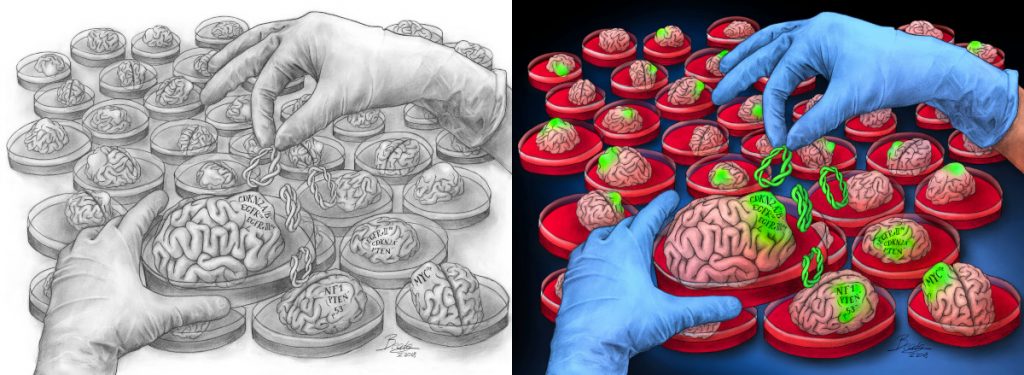
For my microscopy fashion, I spend many hours in a dark microscope room and capture the most beautiful images I can find. I then compile them into aesthetic patterns which are then printed on fabric and used for creating clothes and accessories.
Artwork/Exhibition you are most proud of:
Though it’s hard to pick just one, some events and artworks stand out for their uniqueness. A particular highlight was organizing a “molecular fashion show” to showcase my microscopy dress and other science fashion at the Vienna Ball of Sciences, a popular event celebrating science communication combined with classical traditions.

Another one that comes to mind is a mission patch I created for research on spaceflight biology. Researchers sent C. elegans worms into space to study how loss of gravity affects muscle loss and aging. The drawing was highlighted in the media to increase public visibility and used as a way to get students excited about science. After the worms returned from the International Space Station, I was gifted the most unique souvenir—one of their experiment bags that had made the trip to space and back to earth!
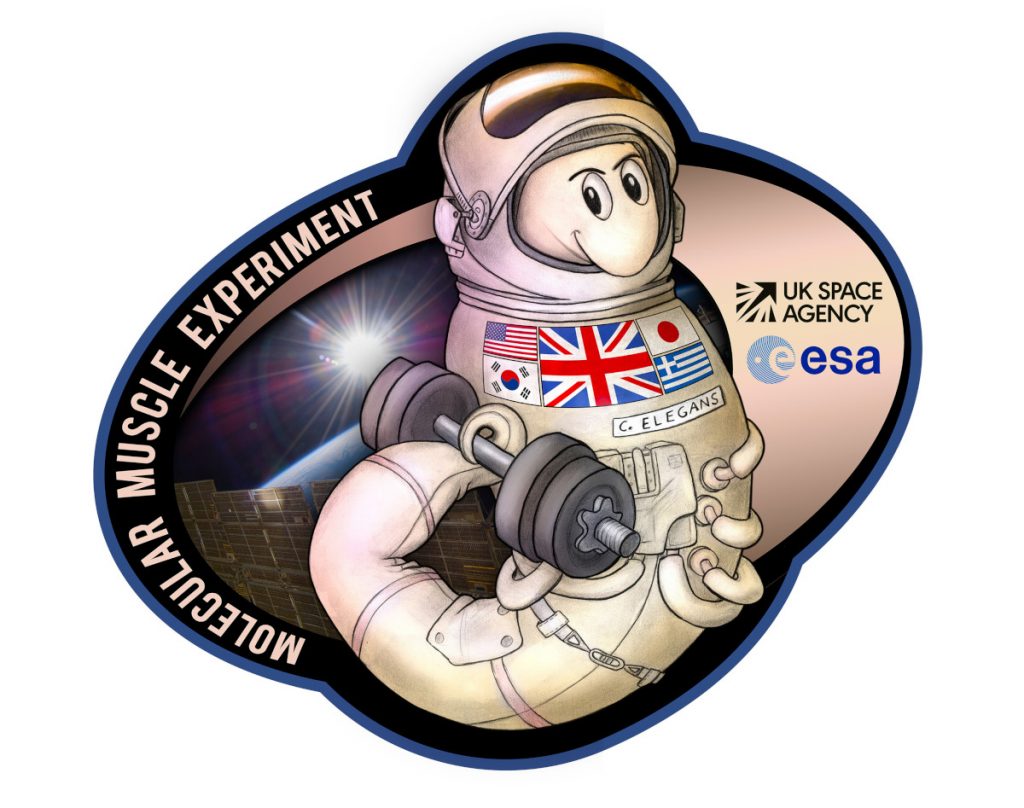
Which scientists and/or artists inspire and/or have influenced you?
As I was exploring my passions for science art during my doctoral research, I was very fortunate to have the support of both my group leader, Daniel Gerlich, as well as the Institute of Molecular Biotechnology and Vienna BioCenter. Their continuous encouragement throughout my PhD provided an invaluable environment, not only for my science, but also for my artistic adventures.
Two large inspirations for me are Ahna Skop and David Goodsell, both of whom have been pioneers in bringing together art and science throughout their careers. Ahna Skop researches cell division and is also an amazing science artist and communicator. She has been running the Worm Art Show at scientific conferences, where attendees can display their artistic creations inspired by their research. Her story of how she established this art show more than 20 years ago has been a huge inspiration for me. Another wonderful example of a scientist promoting science art is David Goodsell, who creates mesmerizing watercolour paintings based on real structural biology to show the fascinating inner life of cells.
I also admire the artists M.C. Escher and Vladimir Kush, who create surreal worlds through fusing seemingly unrelated elements and imagery.

Is there anything else you want to tell us?
Whatever your dream is, whether it’s science, art, or combining your own unique passions—don’t be afraid to create your own path. Being a scientist doesn’t need to be an all-encompassing definition of who you are; you can have unique hobbies, fantastical ideas, and still be a great scientist as well!
Highlighting the diversity among researchers and painting a more inclusive picture of what it means to be a scientist is our opportunity to challenge current stereotypes and stigmas. I believe that if we make science accessible through creative approaches and encourage multiple passions, then we can inspire a future generation of scientists. This new generation can make enormous contributions with fresh and creative ideas, laying a foundation for innovative research and groundbreaking discoveries.
“Highlighting the diversity among researchers and painting a more inclusive picture of what it means to be a scientist is our opportunity to challenge current stereotypes and stigmas.”
Beata Mierzwa
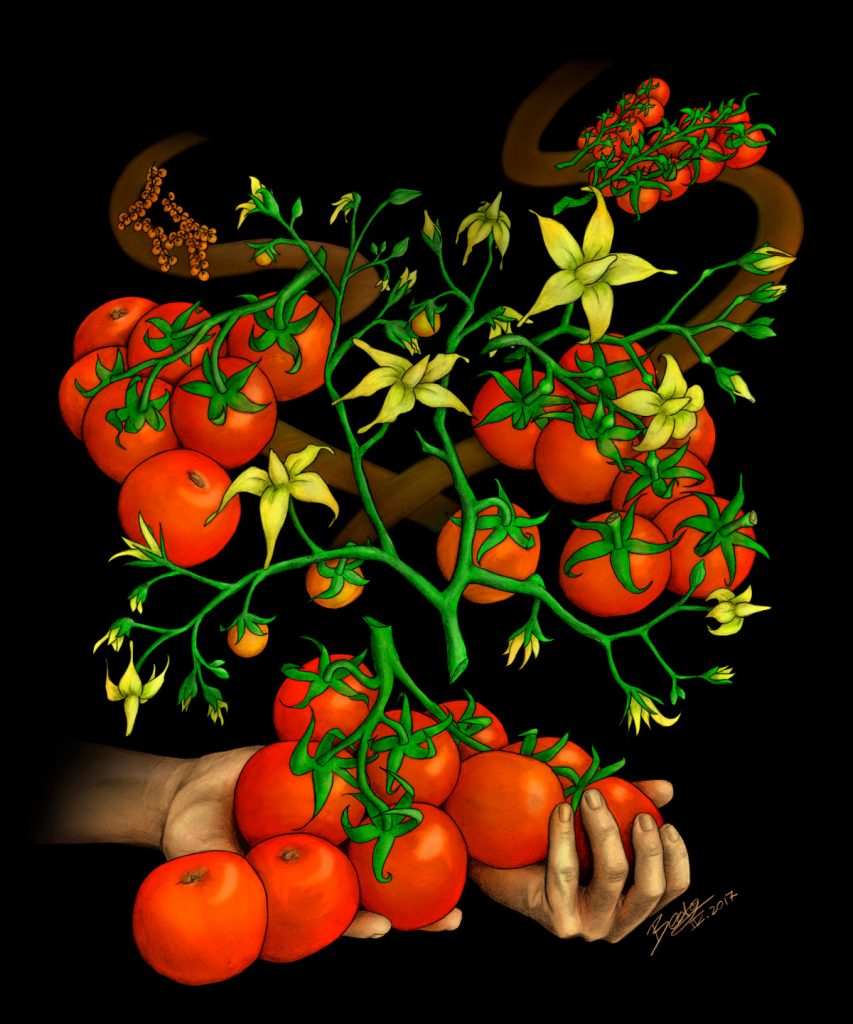
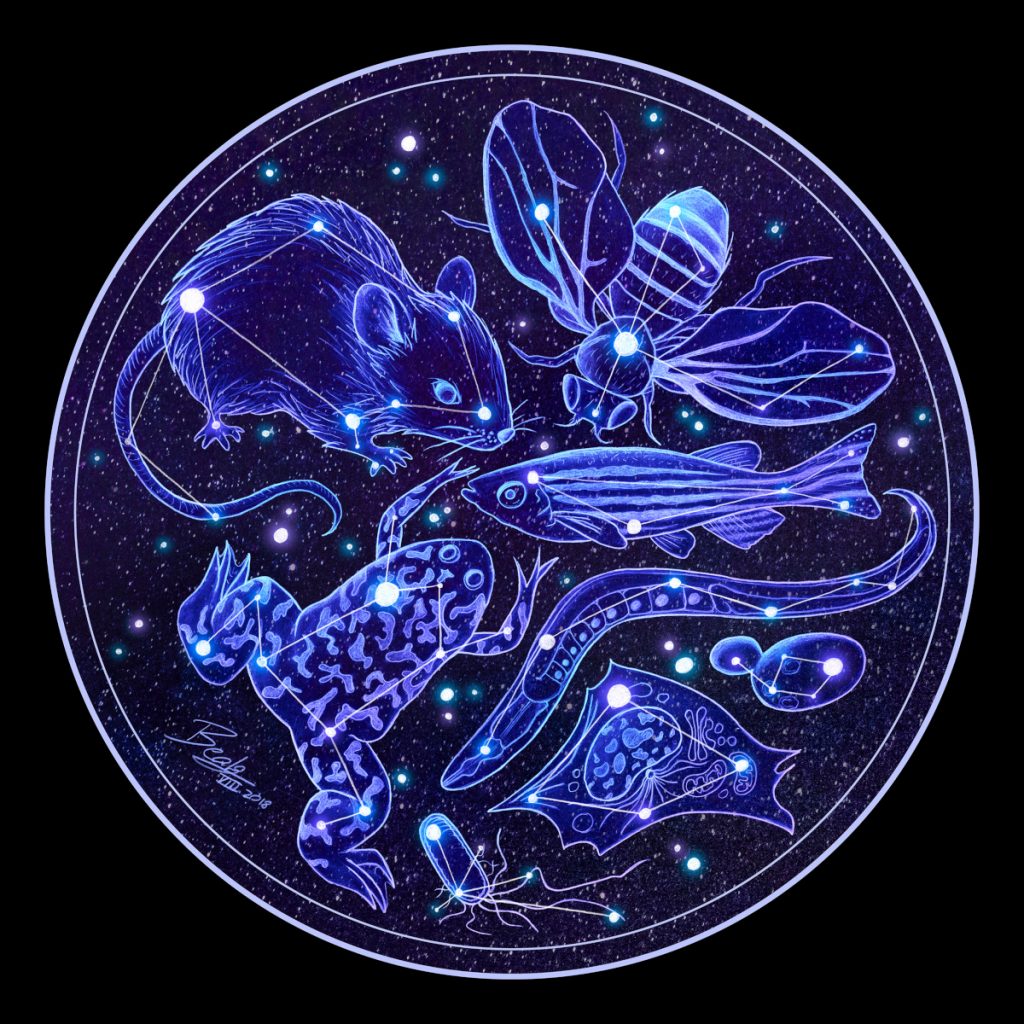
For more by Beata Mierzwa, visit her website, Twitter, Instagram, Facebook, or LinkedIn.
Share this Post

